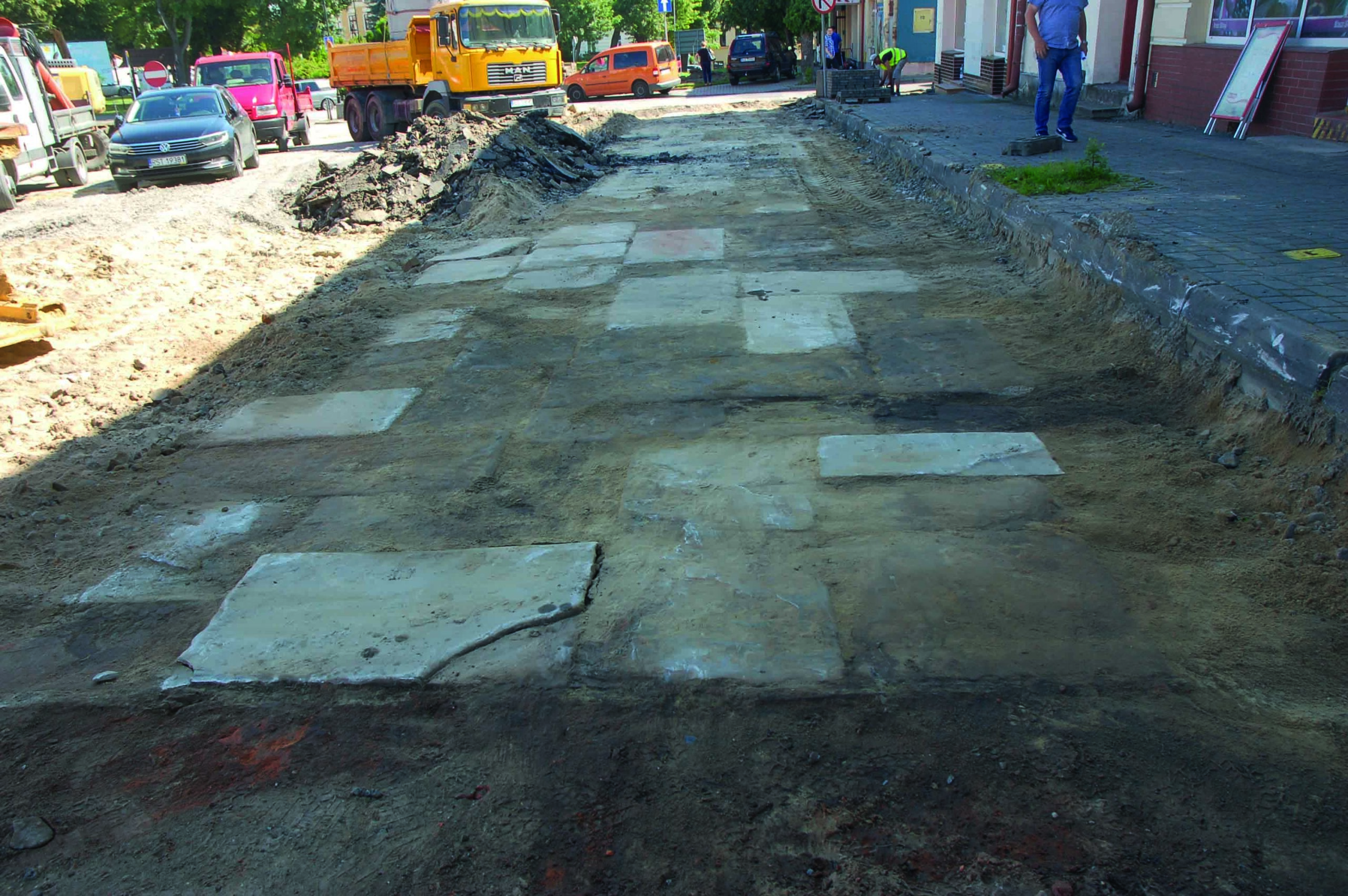LETY U PISKU, CZECH REPUBLIC—Romea.cz reports that the skeleton of a woman whose teeth had been knocked out has been found in a shallow grave at a memorial dedicated to Holocaust victims, near the site of a World War II–era concentration camp for Romani people in the western Czech Republic. The woman was buried in a wooden coffin about 5 feet below the ground. Lucie Horáková of the Museum of Romani Culture said the bones may belong to a Romani victim of the camp, and could mark the location of mass graves. “It is now necessary to perform an analysis of the DNA in order to determine with certainty whether or not these remains belong to a camp victim,” she said. Historic records indicate that some 1,300 Romani men, women, and children were held at the camp between August 1942 and May 1943. More than 300 prisoners died at the camp, while more than 500 were sent to Auschwitz. As many as 90 percent of the Roma living in Bohemia and Moravia are thought to have been killed by the Nazis. To read more about the Romani, Europe's largest minority group, go to "World Roundup: India."
Remains of Possible Holocaust Victim Found in Czech Republic
News September 6, 2019
Recommended Articles
Letter from Alaska July/August 2021
The Cold Winds of War
A little-known World War II campaign in the Aleutian Islands left behind an undisturbed battlefield strewn with weapons and materiel

Digs & Discoveries November/December 2020
Honoring the Dead

Letter from Normandy July/August 2020
The Legacy of the Longest Day
More than 75 years after D-Day, the Allied invasion’s impact on the French landscape is still not fully understood

Artifacts May/June 2020
Torah Shield and Pointer

-
Features July/August 2019
Place of the Loyal Samurai
On the beaches and in the caves of a small Micronesian island, archaeologists have identified evocative evidence of one of WWII’s most brutal battles
 (Courtesy Neil Price)
(Courtesy Neil Price) -
Letter from England July/August 2019
Building a Road Through History
6,000 years of life on the Cambridgeshire landscape has been revealed by a massive infrastructure project
 (Highways England, courtesy of MOLA Headland Infrastructure)
(Highways England, courtesy of MOLA Headland Infrastructure) -
Artifacts July/August 2019
Bronze Age Beads
 (Courtesy Carlos Odriozola)
(Courtesy Carlos Odriozola) -
Digs & Discoveries July/August 2019
You Say What You Eat
 (Courtesy David Frayer, University of Kansas)
(Courtesy David Frayer, University of Kansas)


